Skowhegan concludes 75th Anniversary Campaign with significant contributions and advancements
Artists and Major Art World Funders Contribute Over $21 Million to Expand Skowhegan’s Capacity to Support Emerging Visual Artists
Campaign Advances Equity Across Every Aspect of the Institution including a Holistic Campus Plan and Expanded Endowment
New York, NY/Madison, ME – [January 26, 2023] – Skowhegan School of Painting & Sculpture, one of the country’s foremost educational experiences for artists, exceeds milestones for its 75th Anniversary Campaign with over $21m raised and pledged. Co-chaired by Eleanor Acquavella, Donald Moffett, and Paula Volent the campaign has been the school’s most significant fundraising initiative to date and expands Skowhegan’s capacity to support emerging visual artists from every background.
Skowhegan has a founding history of inclusivity, welcoming artists of color, international artists, artists of different sexual orientations and gender at a time when it was not only less common, but oftentimes against societal norms and laws. Furthermore, Skowhegan has always provided scholarships for any accepted artist, and participants are considered on the basis of their work, rather than their educational or professional experiences. Skowhegan’s Board of Governors have always been reflective of a broad community of artists. These characteristics contribute to Skowhegan’s reputation as an organization that has helped create a more inclusive art world.
Even with this history, Skowhegan recognizes the urgent need to constantly push for change and equity. The 75th Anniversary initiatives advance core institutional values by upgrading the campus facilities to better house participants and staff, and engage emerging art practices; growing the endowment to preserve need-blind admissions and artistic autonomy; and prioritizing local investments that bolster regional food economies and environmental priorities.
Skowhegan’s Campus Master Plan (2019–2024) was led by Neil Kittredge, Partner, Director of Planning & Urban Design at Beyer Blinder Belle, and the process was iterative and community-driven, involving extensive input and discussion from alumni, faculty, staff, Governors and Trustees. The resulting renovation projects and new constructions—many of which were designed by architect Alan Wanzenberg—are designed to allow for the potential evolution and expansion of practices over time, and also ensure the health and safety of Skowhegan participants. They retain the scale and intimacy of the program as it exists today, and celebrate the historic farm character of the original campus. Many were built during COVID, advancing programmatic priorities and providing steady local employment while the residency was necessarily paused.
Acquavella Sculpture Shop. Designed by Kittredge, the expanded Sculpture Shop was made possible by the Acquavella Family Foundation and provides uncluttered space to work in wood and metal, and also houses a spray booth, tool and wood storage, a small shop office, and a first aid area. A covered slab behind the building was also surfaced in metal for welding.
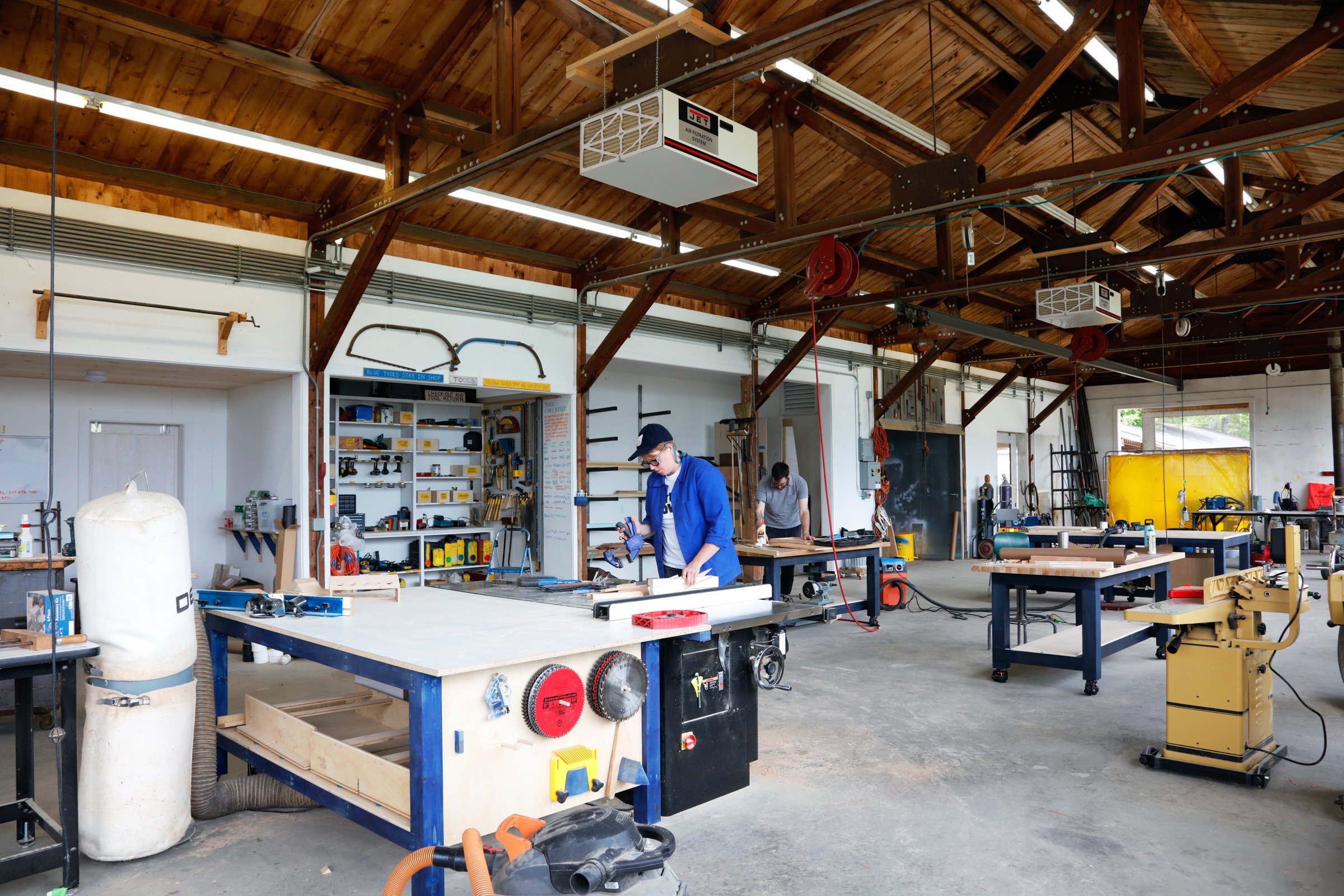
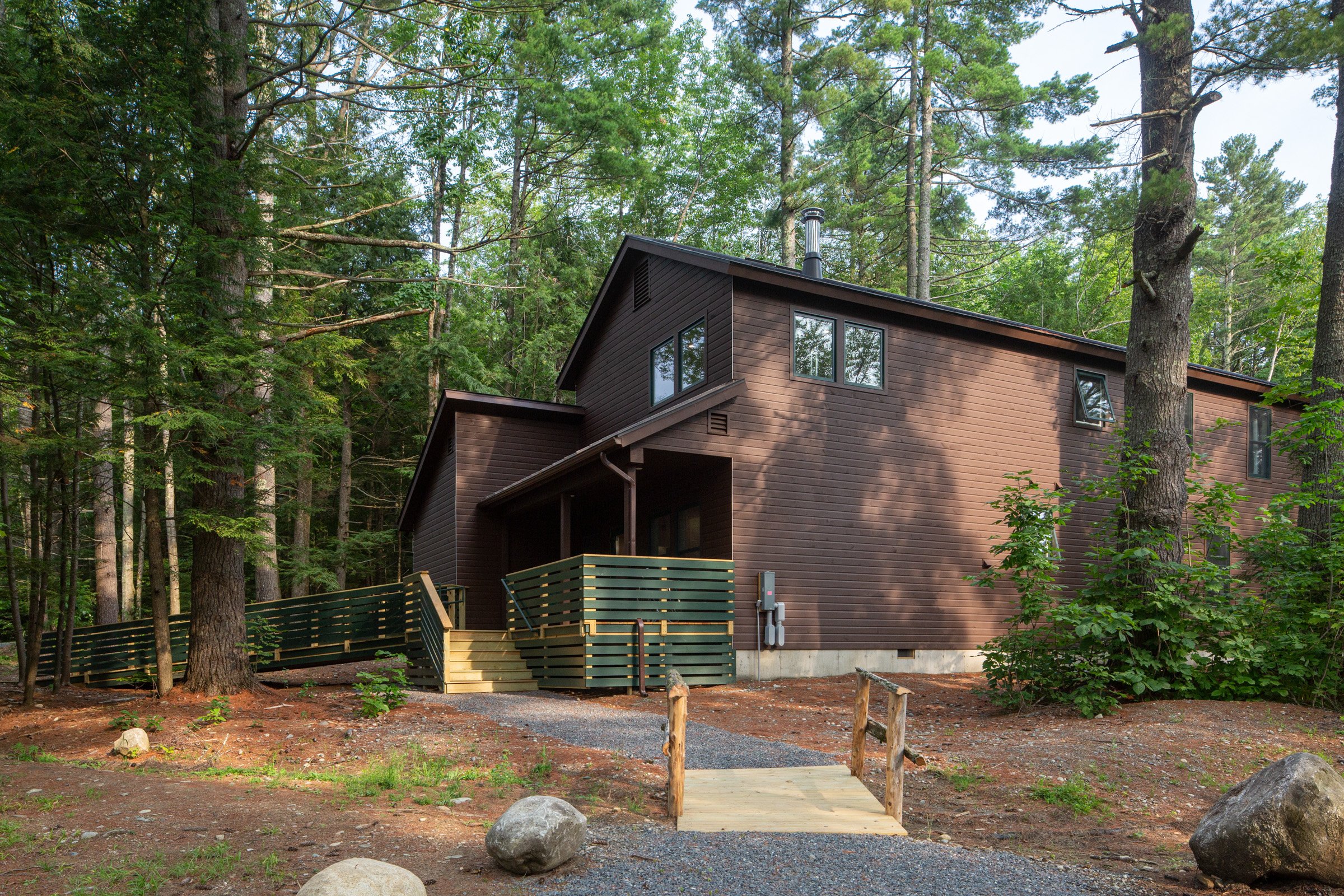
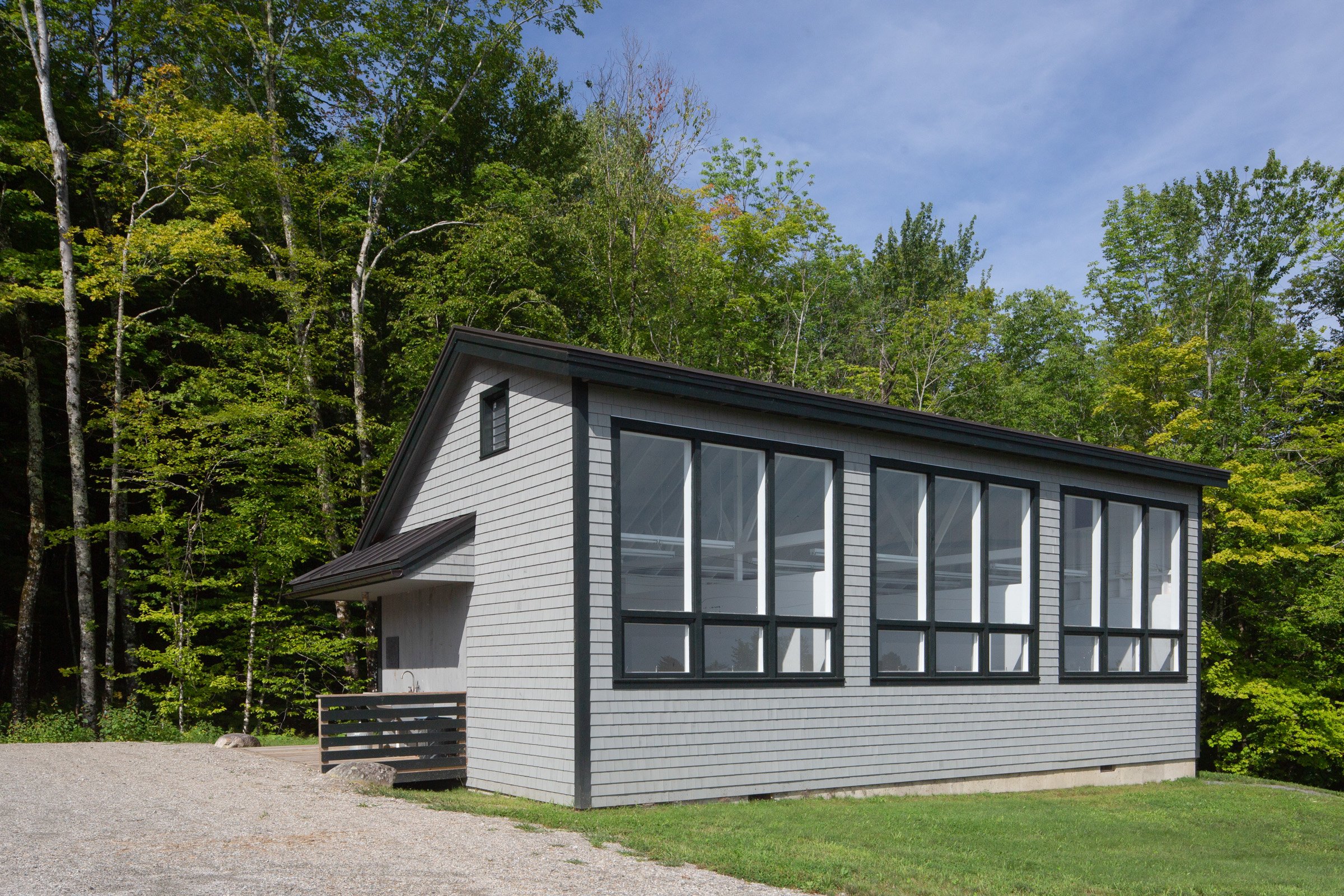
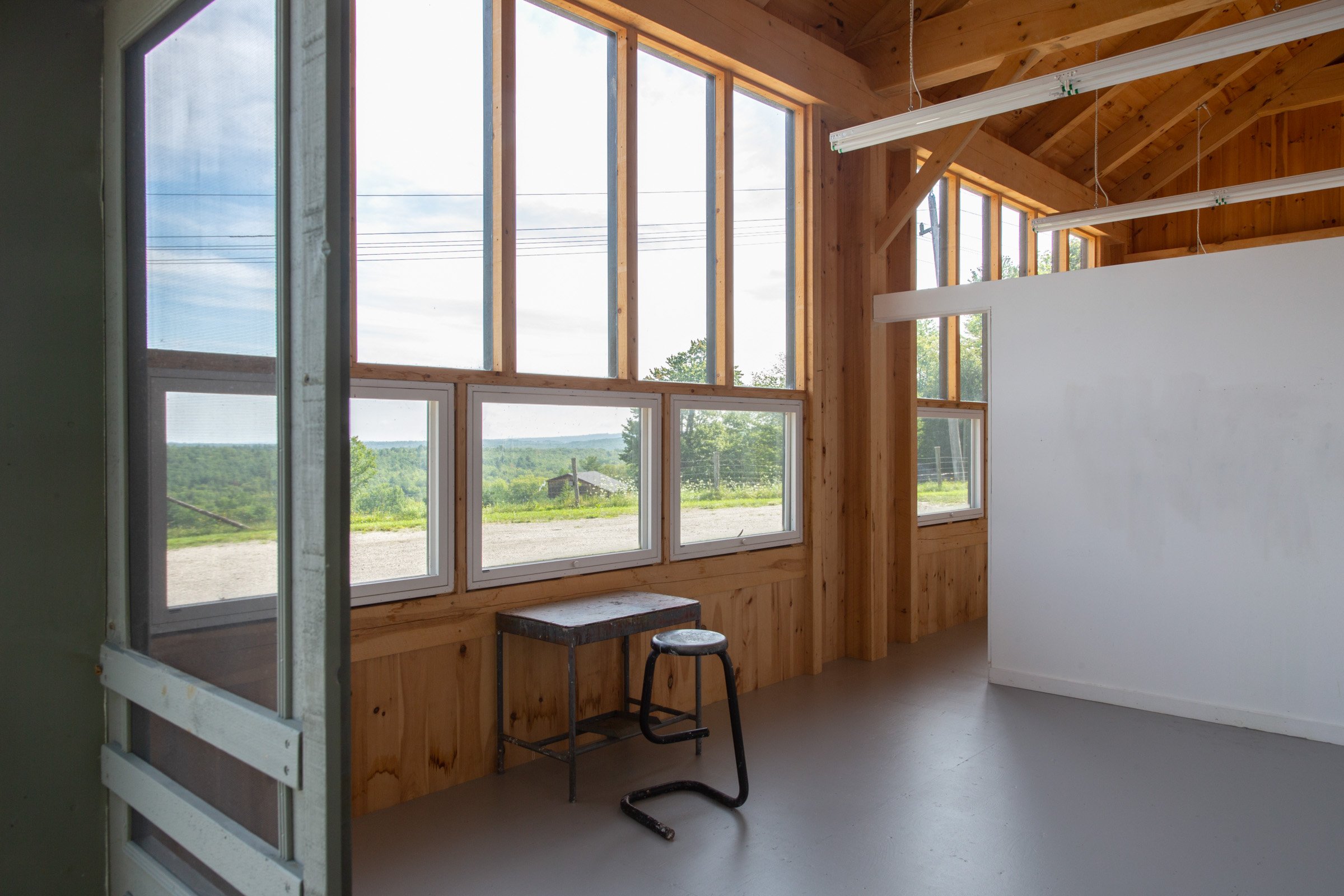
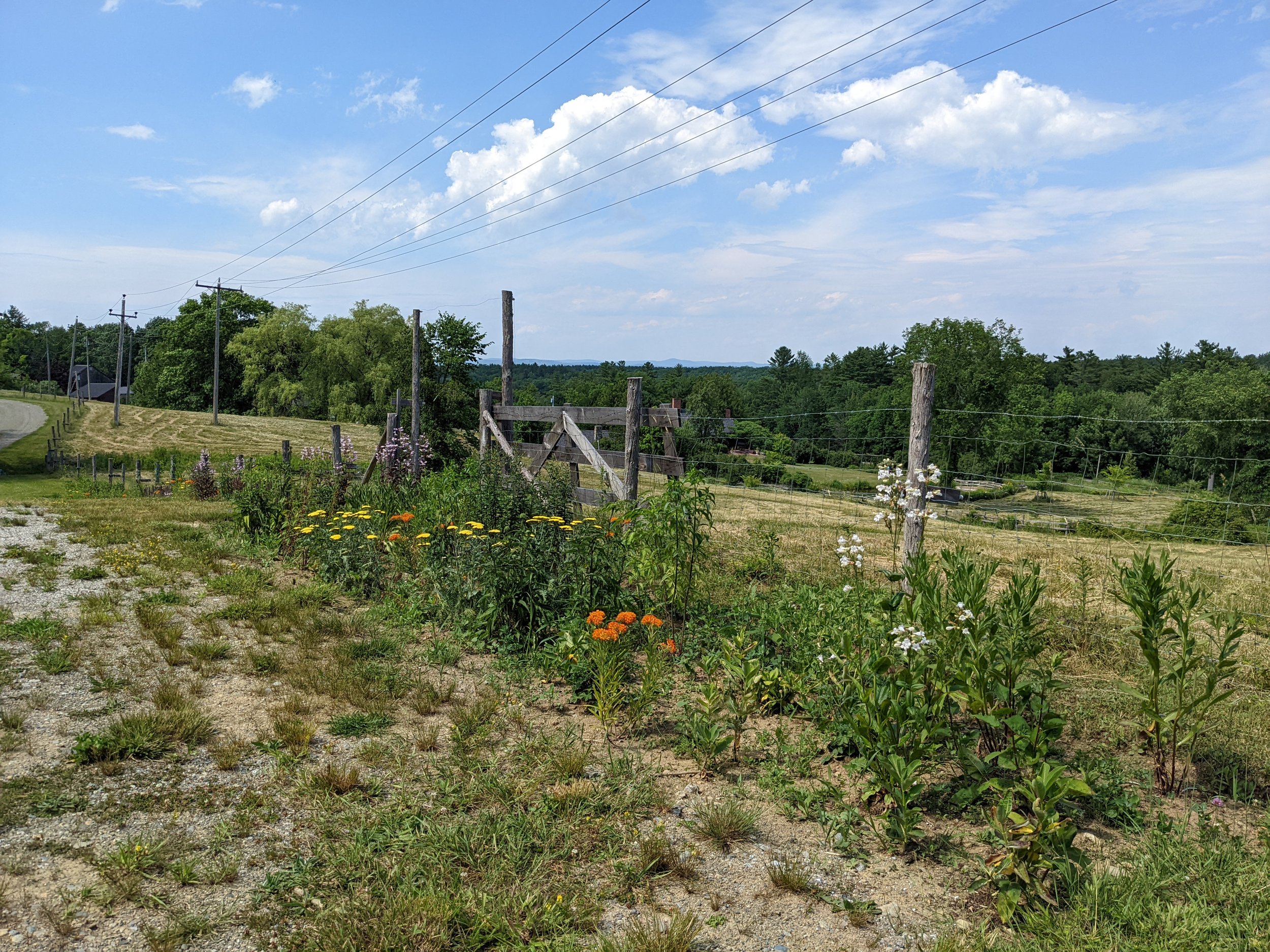
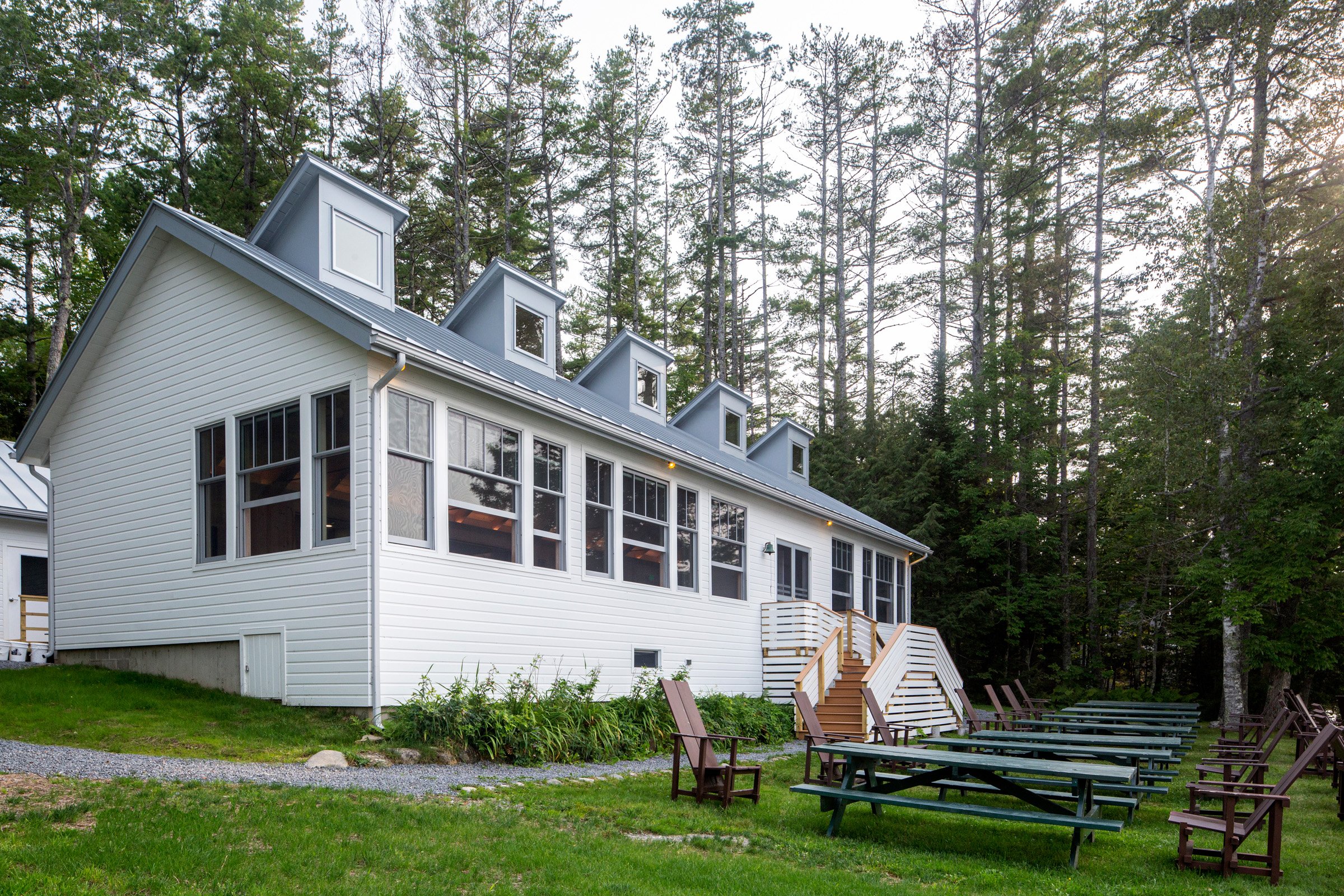
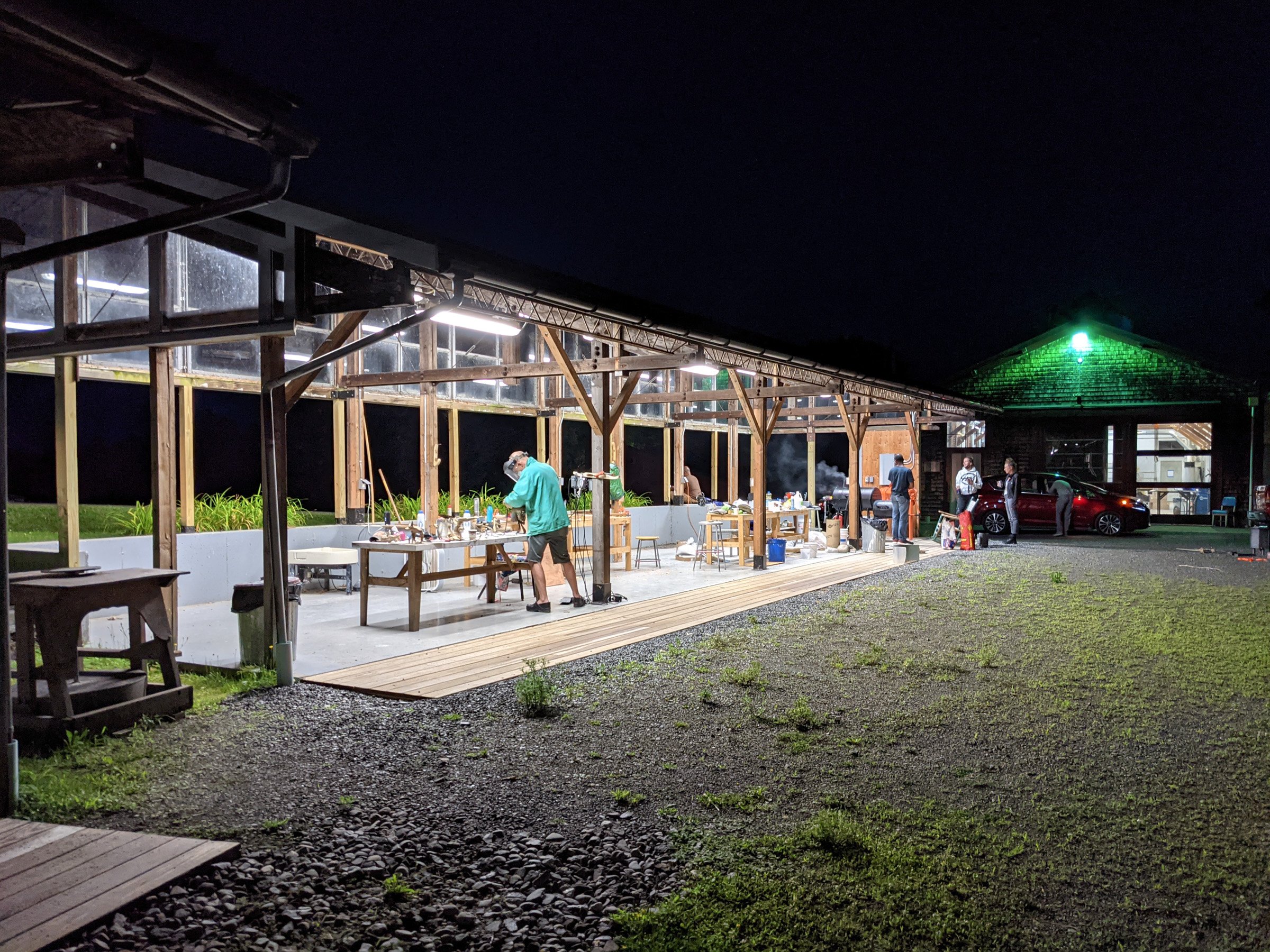
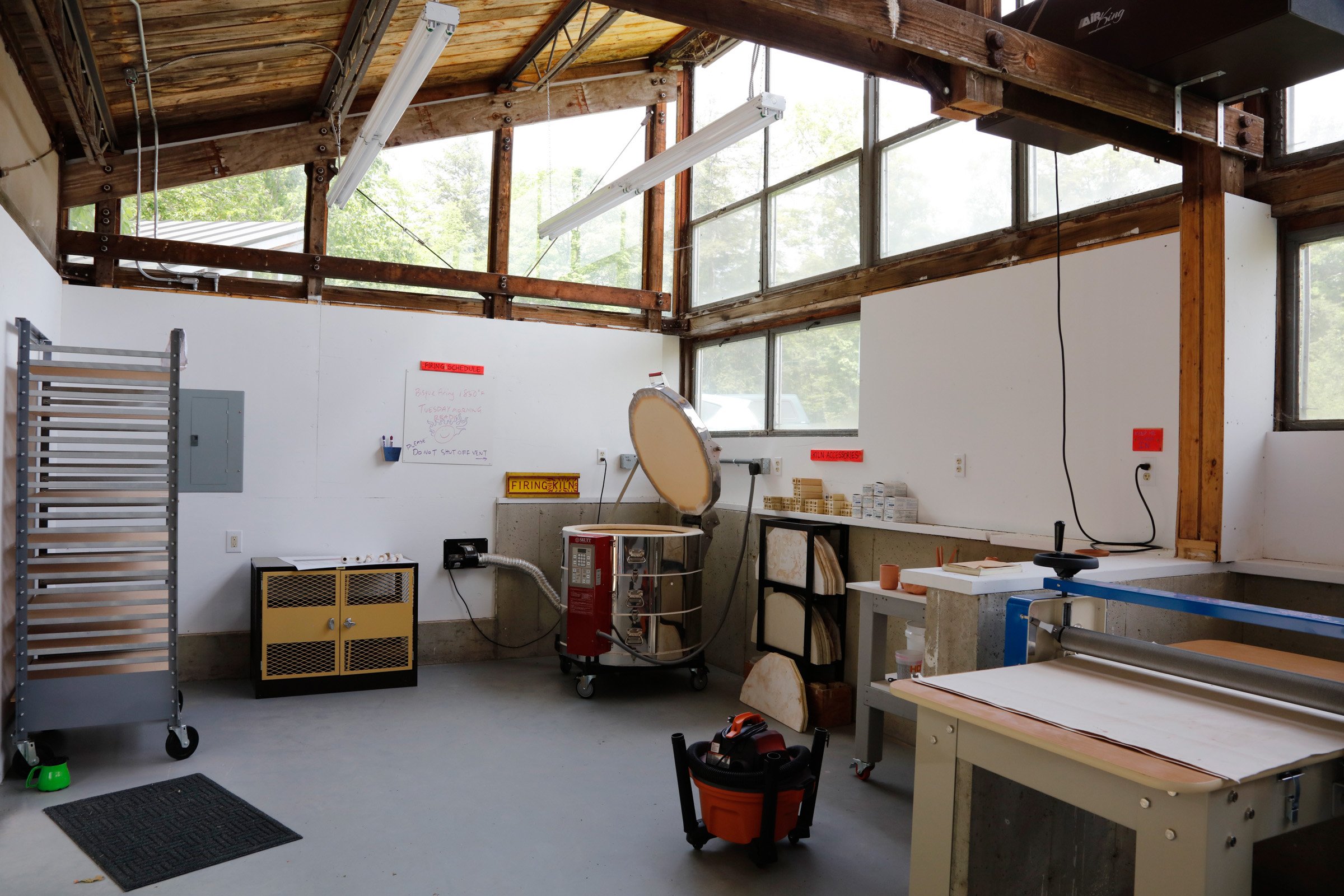
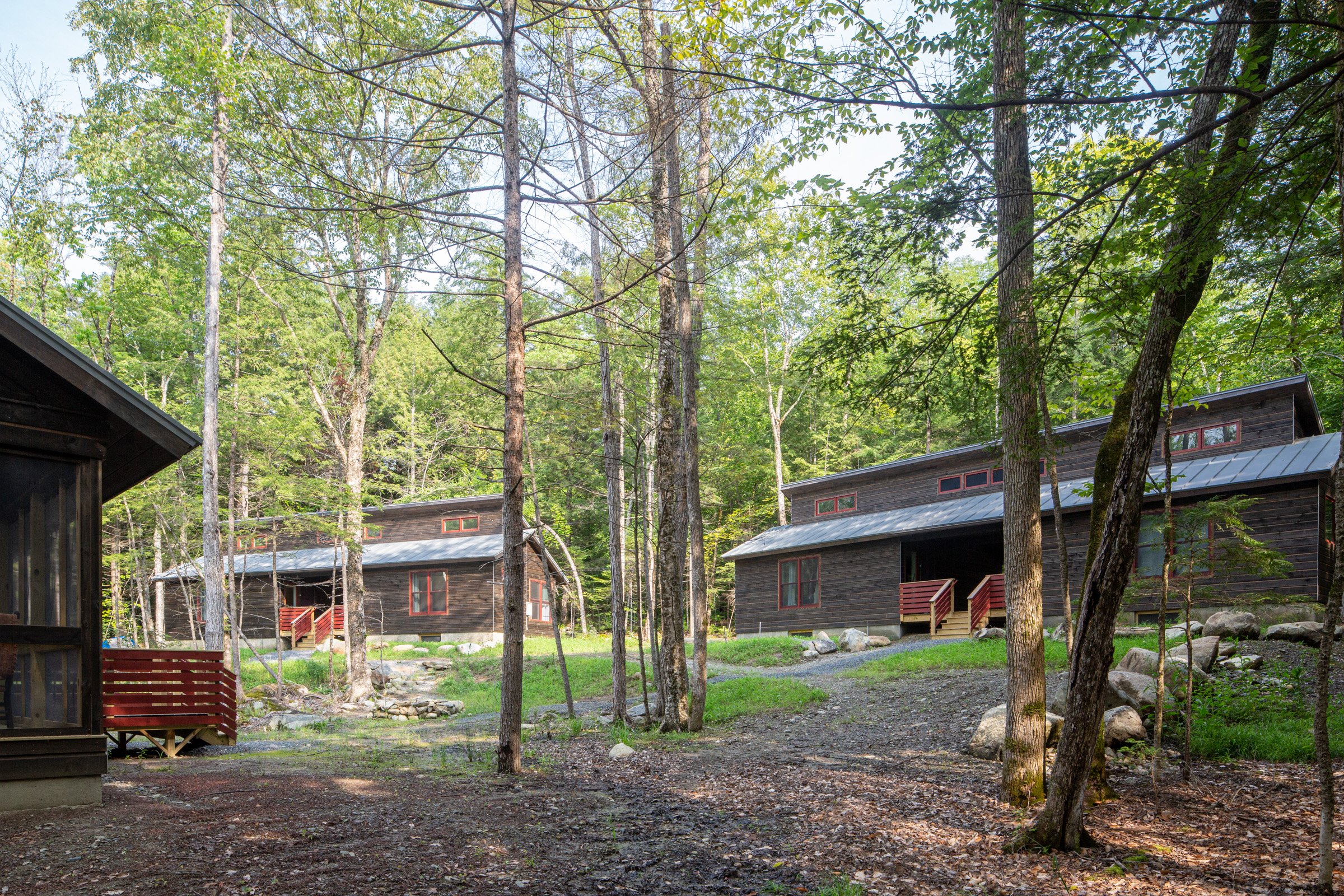
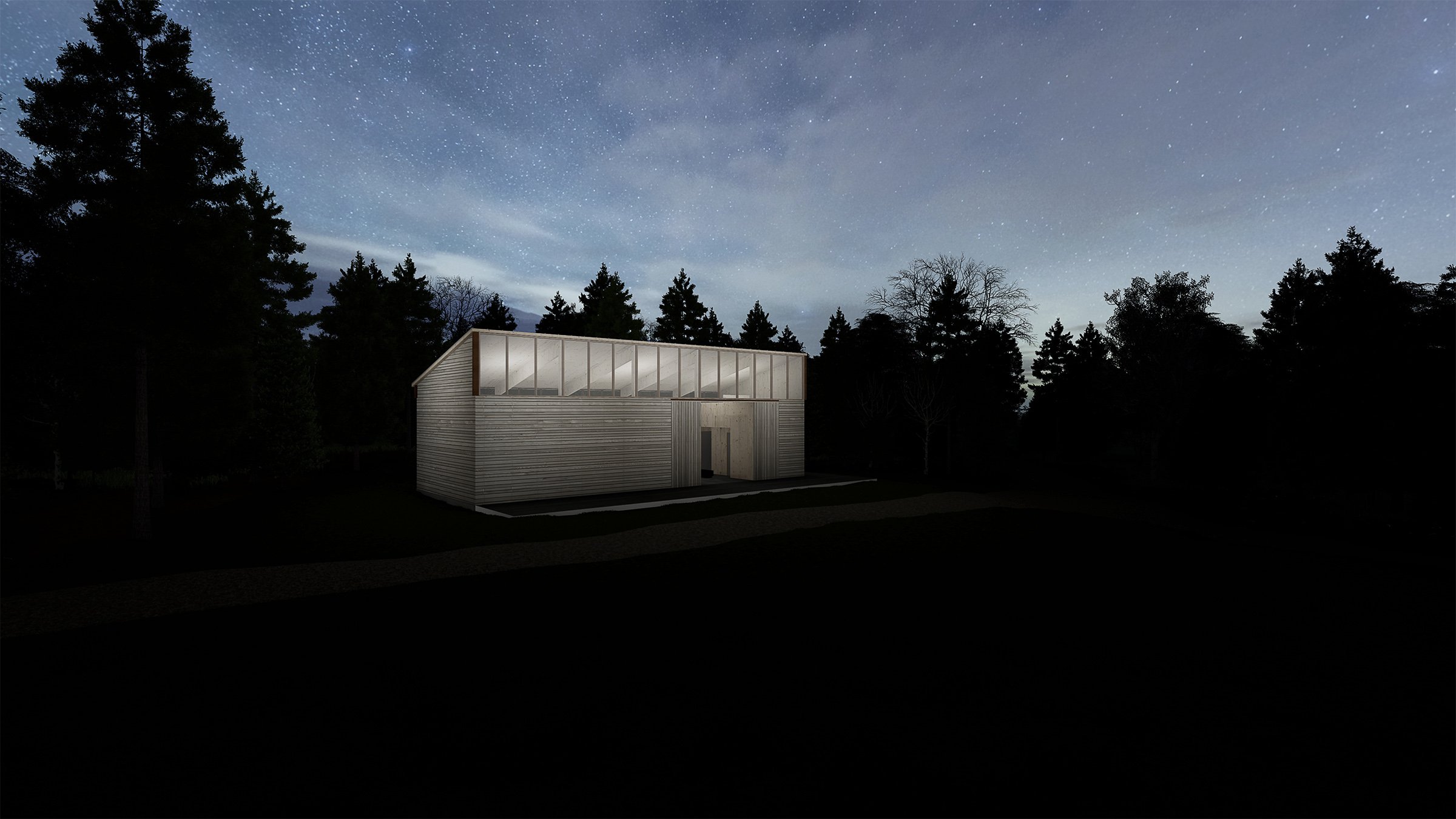
David C. Driskell House honors artist, curator, and educator David Driskell who was a student (1953), faculty member (1976, '78, '91, '04), Governor (1975-1989), Trustee (1989-2002), Advisory member (2003-2020) and Skowhegan Lifetime Legacy Award recipient (2016) and one of the most enduring members of the Skowhegan community in its history. Designed by Wanzenberg, with funding from Jud and BB Reis and the Sire Foundation, among others, this building houses up to eleven participants, and its addition on campus has the effect of decongesting all the residences, and ensuring that every participant has more privacy and an improved environment for rest.
Helen Frankenthaler Studio was designed by Kittredge. Frankenthaler was a visiting artist in 1986 and the studio, made possible by her eponymous foundation, is the first new building constructed on Skowhegan’s campus since 2011 and provides studio space for three participants.
Frank Moore Studio and Pollinator Garden were completed in 2020 and 2022, respectively, and were realized through collaboration by Frank’s family and friends in an effort spearheaded by Governor Jane Hammond and Frank’s sister Rebecca Moore, Director of Google Earth. The four-studio, timber-frame building was designed by Kittredge. It overlooks a Pollinator Garden, conceived by Hammond and Moore, that honors Moore’s love of nature, his abiding interest in insects and butterflies, and his prescient environmental activism. The Pollinator Garden, itself, links to a larger campus-wide effort to draw attention to the school’s natural environment.
Gund Dining Hall was designed by Wanzenberg and made possible through leadership support from Ann and Graham Gund. The dining hall is distinguished by reclaimed wood floors, windows overlooking the lake, an open kitchen and improved food storage for what is largely locally-sourced produce and meat. A new industrial composter will further evolve the relationship to the food the participants eat, how it is prepared, and how it is disposed of to minimize waste.
Moffett/Gober Sculpture Pavilion was designed by Kittredge and underwritten by artists Donald Moffett and Robert Gober. Four existing sculpture yard studios were converted into a covered pavilion for artists to work at large-scale, outside, and during fair or inclement weather.
Pollock-Krasner Ceramics Studio was designed by Kittredge and funded by the Pollock-Krasner Foundation. Two existing sculpture yard studios were converted into the first dedicated space for ceramics with wheels, a slab roller, a sink with proper filtration and water recycling system, storage, and work tables.
The Kippy Stroud Cottage is an ADA-accessible staff cottage designed by Wanzenberg as part of a staff enclave that consists of five studio apartments as well as a common kitchen and shared living space. The residence is supported through a grant from the Marion Boulton “Kippy” Stroud Foundation that honors Kippy’s deep devotion to Maine, her unwavering support of younger artists and the development of their work, as well as her stalwart belief in education, the power of community and bringing creative people together. Next door is a staff cottage dubbed the Twin As, named in honor of Ann Gund by Agnes Gund. The flexible staff cottage layout suits a variety of living configurations and provides appropriate privacy and living space for program staff, all of whom are Skowhegan alumni.
Two campus additions are anticipated for 2023: The Flex Space designed by OPAL Architecture of Belfast, ME, proprietors of GO Lab and Timber HP, an innovative ecologically sustainable technology manufacturer in Madison, ME. The Flex Space is designed using Carbon Laminated Timber (CLT), a carbon neutral material. A second environmentally-driven project, a series of Natural Amphitheater Spaces, is designed by Hood Design Studio of Oakland, CA. Both the Flex Space and the Amphitheater spaces are designed to supplement existing object-based studio facilities, allowing for innovations in performance, dance, movement, and new genres.
Leadership Support Sustains Skowhegan’s Artistic Independence
In addition to those listed above, a selection of notable unrestricted and endowment gifts bolstered Skowhegan’s investments so that it will stay independent and retain its artistic autonomy, enabling the school to respond to artists and their needs, not market or educational trends.
A prodigious grant, earmarked for the endowment, came in the form of a $2.5 million grant from The Anna-Maria and Stephen Kellen Foundation, Inc. Initiated by Marina Kellen French and Andrew Gundlach in honor of their parents and grandparents, this grant—and matching funds—are conceived as a “Future Fund” to benefit Skowhegan’s program for generations to come. This follows the Foundation’s namesakes’ commitment to supporting emerging and visionary visual artists and speaks to Gundlach’s conviction in the catalytic power of long-term investments.
Major gifts came from board members including Greg and Susie Palm and the Palm Foundation, Paula J. Volent, the Estate of Mildred C. Brinn, Jan Aronson, and The Looker Foundation, among many, and gifts were made in honor of longtime board Chair Ann Gund from Agnes Gund and Elizabeth B. Johnson, among others. Artists also participated—a testament to the enduring, positive influence the program has on its creative communities. Significant support was given by or in honor of alumni and faculty, including the H. King & Jean Cummings Charitable Fund, The Deborah Buck Foundation, “The David Fund” spearheaded by Darren Walker and honoring David Beitzel, Glenn Ligon, Marlene McCarty, Donald Moffett and Robert Gober, Christina Quarles, Katherine Bradford, Carrie Moyer, Jane Hammond, Paul Pfeiffer, and anonymous artists, among many.
Most recently, two transformative grants were made to support Skowhegan’s innovative work promoting equity and justice on campus and in Maine as a critical component in supporting creative practice. $750,000 was awarded by Mellon Foundation for capacity building to provide holistic support for artists participating in the summer program, and pivotal unrestricted grants from The Ruth Foundation.
The Skowhegan Book
Skowhegan will publish its first-ever history, co-authored by art historian and editor Faye Hirsch and writer and curator Ingrid Schaffner. The book draws from primary source material including Skowhegan’s physical and lecture archives in New York City and Maine, new in-depth interviews and roundtable discussions with faculty, alumni, and leadership, photographs, film, and ephemera, as well as materials from the Smithsonian Archives of American Art and other sources. Plans for the book launch will be announced later in 2023.
